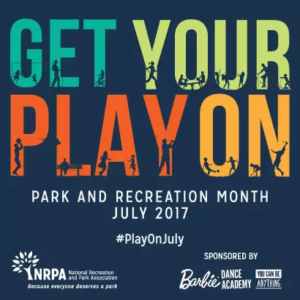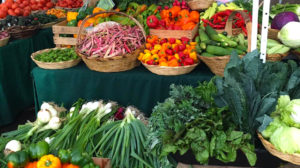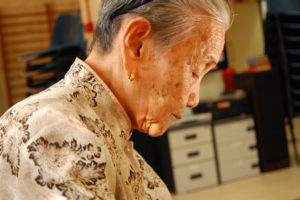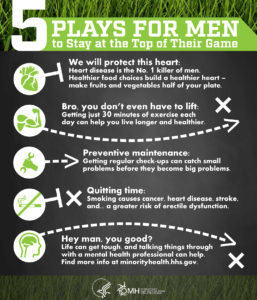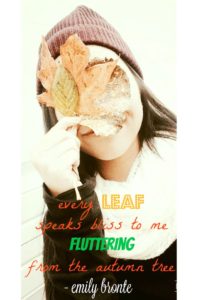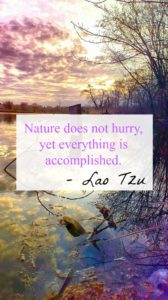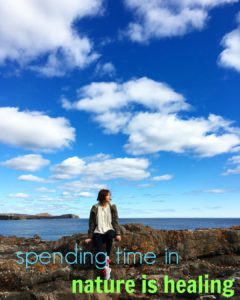
Image belongs to rightful owner
Searching the internet for the best and most exciting news and events in our community left me feeling very sad. With multiple tabs opened of websites from different local news reporting sources, all I could find were the negatives. Majority of the news that popped up were the major reports that involved the whole country or the really big negative events in Minnesota. There weren’t much recognition to the positive things happening in our community. Reading about so many things happening made me feel many different emotions; sad, mad, scared, helpless, etc. I had to search else where for community news and events that showed the exciting and fun community Minnesota also has, other than all of the bad that does occur in other states too.
Realizing that even though I was overwhelmed with negative emotions, this was something to learn from. From all of the sad and negative news, we should definitely be aware and keep at the back of our mind to be prepared and safe from danger. Also, just because all we see may be negative things, that doesn’t mean there is no positivity or light at all.
Overall, negative news and what is happening right now is definitely something to keep up with so we can be aware. I am not trying to say that we need less negative news; in the end, it would just be nicer to also have more reports on the positive local community. For example, North Minneapolis has so many businesses, organizations, stores, and people trying to make it a better place for everyone. They offer so many opportunities to their local neighbors and even outsiders. I was able to have the opportunity to walk around the Northside and interview a couple of businesses and organizations. There are so many good things happening but no one really talks about them.
Minnesota is so vibrant and has such a great sense of community connection wherever you go. The diversity, community, nature, food, nightlife, families, etc. There are so many things to look forward to in Minnesota and I’m so thankful to be able to call it my home. I feel like we have to remember to look for the positive things and not let the negatives take over completely. Be aware and know but also spread positivity.

